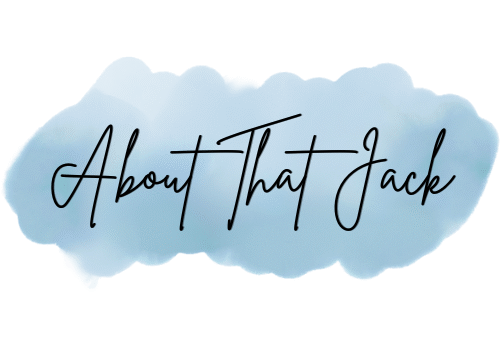 I don’t claim to be an expert on all things love and relationships. My love life has been a bit of a bomb site, but I am knowledgeable in living with CPTSD and attempting relationships after trauma.
I don’t claim to be an expert on all things love and relationships. My love life has been a bit of a bomb site, but I am knowledgeable in living with CPTSD and attempting relationships after trauma.
Loving with CPTSD is kind of like trying to build a treehouse during a windstorm. You’ve got the tools, the vision, maybe even someone offering to help, but the ground keeps shifting, the wind picks up, and suddenly you’re just holding on for dear life wondering why you thought this was a good idea.
Healing Is part Of the Journey
Loving with CPTSD is complicated. We tend to second-guess everything: Are those actual red flags, or am I just triggered? Are they being distant, or am I spiraling again? Should I communicate my needs, or should I go hide under a metaphorical blanket for three business days?
It’s… a lot.
The right people, friends, partners, anyone, they’ll meet you where you are. Not everyone will get it, and that’s okay. We are not too much. Not too damaged, too needy, too guarded, or too broken. We’ve just been through a lot, and we’re still choosing connection. That’s pretty damn brave.
I’ve had to learn (the hard way) to give myself a bit of grace. I’ve made mistakes, and I’ve hurt people I cared about. I used to think I needed to be “fully healed” before I could be in a relationship. Spoiler alert: you don’t. These days, I try to show up as I am. Therapy bruises and all, and be honest about where I’m at.
We Want Love, But We Need It to Feel Safe First
For those of us with CPTSD, relationships aren’t just about compatibility or chemistry. They’re about safety. Emotional, physical, and energetic safety. The kind you can’t always explain, but your nervous system has very strong opinions about. We’re not overreacting, we’re just feeling deeply and trying to make sense of it. And our feelings are still valid, even if they’re tangled up in past stuff.
I’m still figuring it all out. Some days I think I’m getting it. Other days, not so much. But I’m learning that love isn’t about perfection; it’s about authenticity. It’s about being messy, human, and trying.
Trauma leaves fingerprints on our sense of connection. Maybe you grew up never really knowing if affection was real or if it came with strings. Maybe your past relationships taught you that love equals control or inconsistency. So when someone shows up with kindness, consistency, and emotional availability, your brain might short-circuit like, “Is this love… or a trap?”
CPTSD can force emotional flashbacks on us. Not visuals, just vibes. One moment you’re happy and talking about the future. The next, you’re frozen, dissociating, or suppressing the urge to bolt out the door and never look back.
Intimacy Comes With Trust
This doesn’t mean we don’t want love. Quite the opposite. Many of us crave connection more deeply than we can explain. It’s just that getting close can feel like walking a tightrope over a pit of old wounds. We want intimacy; we just need it in a way that doesn’t flood our system.
Intimacy for us, is not just the presence of another person, but the feeling of being seen, known, and safe. People think we don’t care, but that’s not the truth we care so damn much, but history has taught us that love, closeness, vulnerability, can hurt.
We need a kind of love that’s patient and soft. That understands the reason why sometimes we pull back, even when we’re being held. Why silence sometimes feels safer than truth. It’s not about pushing people away. It’s about learning to feel safe while letting them in. And that takes time, and a whole lot of trust.
So if you’re loving someone with CPTSD, or you are that someone, remember this: It’s okay to move slowly. It’s okay to need reassurance. It’s okay to ask for space and closeness. Love can exist in the chaos. It just takes a little extra care.
And maybe, just maybe, that treehouse still gets built. Windstorm and all.
Photo by Kelly Sikkema on Unsplash

This is a great post, though it leaves some components unanswered. How is someone with cPTSD going to feel safe in a relationship if they fight the love from the person who’s desperately tried to give it? How can someone with cPTSD show they can be trusted, which allows the other person to feel safe so they can offer safety in return? How can a person with cPTSD receive the intimacy they crave when they keep the person who loves them in a box as far from reach as possible while they’ve tried over and over again to break through that wall and show genuine love? Isnt that pushing people away?
All good questions.
Perhaps, a future follow up post is needed that can lay some answers to those very questions.